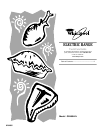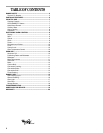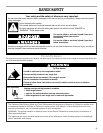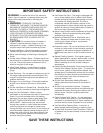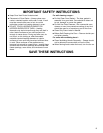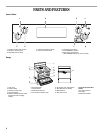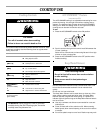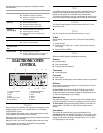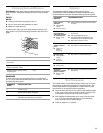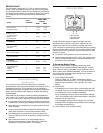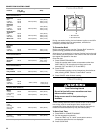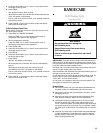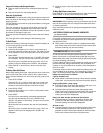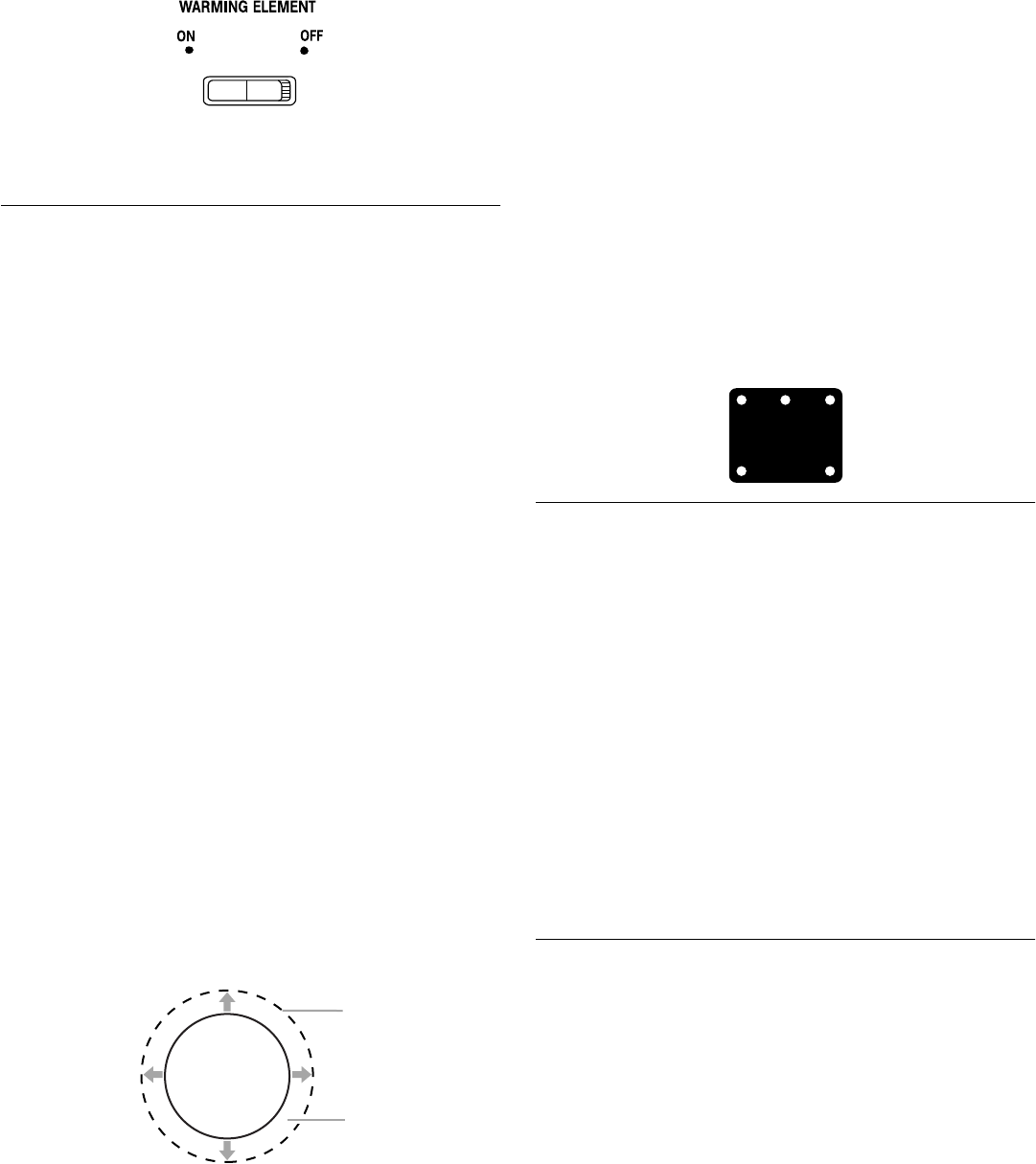
8
■ Use pot holders or oven mitts to remove food.
To Use:
1. Set switch to ON.
2. Set switch to OFF when finished.
Ceramic Glass
The surface cooking area will glow red when an element is on. It
will cycle on and off, at all settings, to maintain the selected heat
level.
It is normal for the surface of white ceramic glass to appear to
change color when surface cooking areas are hot. As the glass
cools, it will return to its original color.
Wiping off the cooktop before and after each use will help keep it
free from stains and provide the most even heating. For more
information, see “General Cleaning” section.
■ Do not store jars or cans above the cooktop. Dropping a
heavy or hard object onto the cooktop could crack it.
■ Do not leave a hot lid on the cooktop. As the cooktop cools,
air can become trapped between the lid and the cooktop,
and the ceramic glass could break when the lid is removed.
■ For foods containing sugar in any form, clean up all spills and
soils as soon as possible. Allow the cooktop to cool down
slightly. Then, remove the spills while the surface is still warm,
you may want to wear oven mitts while doing so. If sugary
spills are allowed to cool down, they can adhere to the
cooktop and can cause pitting and permanent marks.
■ Do not slide cookware or bakeware across the cooktop.
Aluminum or copper bottoms and rough finishes on
cookware or bakeware could leave scratches or marks on the
cooktop.
■ Do not cook popcorn in prepackaged aluminum containers
on the cooktop. They could leave aluminum marks that
cannot be removed completely.
■ Do not allow objects that could melt, such as plastic or
aluminum foil, to touch any part of the entire cooktop.
■ Do not use the cooktop as a cutting board.
■ Use cookware about the same size as the surface cooking
area. Cookware should not extend more than 1 in. (2.5 cm)
outside the area.
■ Use flat-bottomed cookware for best heat conduction and
energy efficiency. Cookware with rounded, warped, ribbed or
dented bottoms could cause uneven heating and poor
cooking results.
■ Determine flatness by placing the straight edge of a ruler
across the bottom of the cookware. While you rotate the ruler,
no space or light should be visible between it and the
cookware.
■ Cookware designed with slightly indented bottoms or small
expansion channels can be used.
■ Make sure the bottoms of pots and pans are clean and dry
before using them. Residue and water can leave deposits
when heated.
■ Do not cook foods directly on the cooktop.
Hot Surface Indicator Light (under ceramic glass)
The hot surface indicator light will glow as long as any surface
cooking area is too hot to touch, even after the surface cooking
area(s) is turned off.
Home Canning
When canning for long periods, alternate the use of surface
cooking areas, elements or surface burners between batches.
This allows time for the most recently used areas to cool.
■ Center the canner on the grate or largest surface cooking
area or element. Canners should not extend more than
1 in. (2.5 cm) outside the cooking area.
■ Do not place canner on 2 surface cooking areas, elements or
surface burners at the same time.
■ On ceramic glass models, use only flat-bottomed canners.
■ On coil element models, the installation of a Canning Unit Kit
is recommended. If a kit is not installed, the life of the coil
element will be shortened. See “Assistance or Service” for
ordering instructions.
■ For more information, contact your local U.S. Government
Agricultural Department Extension Office. In Canada, contact
Agriculture Canada. Companies that manufacture home
canning products can also offer assistance.
Cookware
IMPORTANT: Never leave empty cookware on a hot surface
cooking area, element or surface burner.
Ideal cookware should have a flat bottom, straight sides, a well-
fitting lid and the material should be of medium-to-heavy
thickness.
Rough finishes may scratch the cooktop. Aluminum and copper
may be used as a core or base in cookware. However, when used
as a base they can leave permanent marks on the cooktop or
grates.
Cookware material is a factor in how quickly and evenly heat is
transferred, which affects cooking results. A nonstick finish has
the same characteristics as its base material. For example,
aluminum cookware with a nonstick finish will take on the
properties of aluminum.
1. Surface Cooking Area
2. Cookware/Canner
3. 1 in. (2.5 cm) Maximum Overhang
A
B
C
HOT SURFACE



